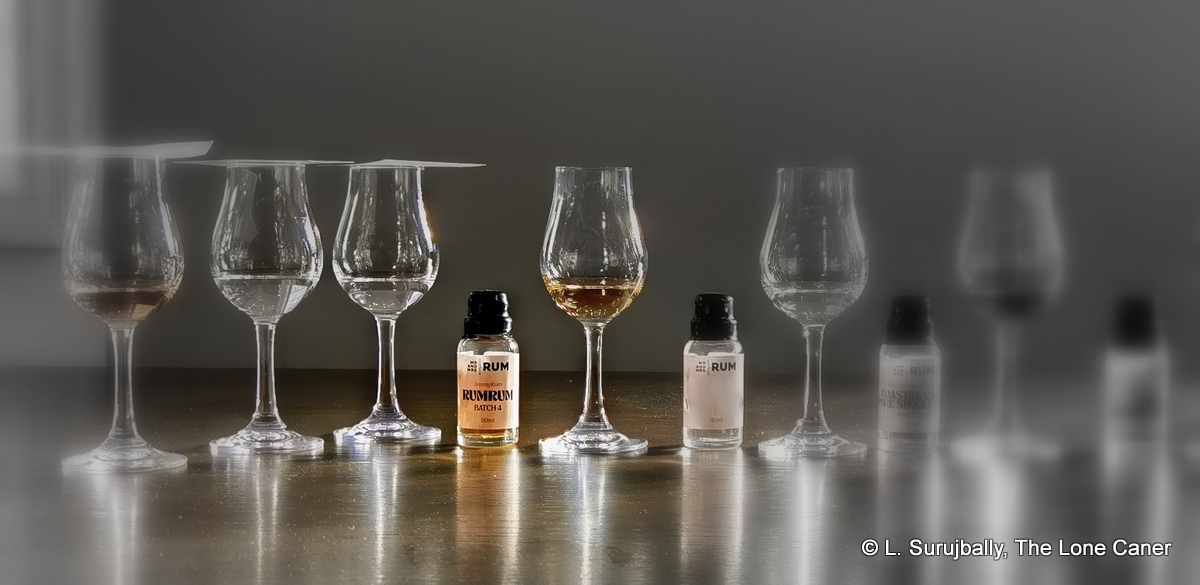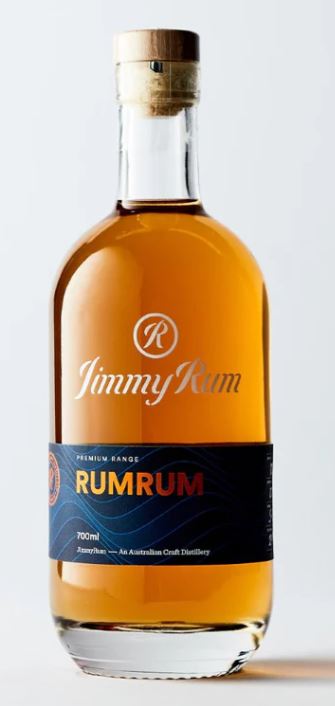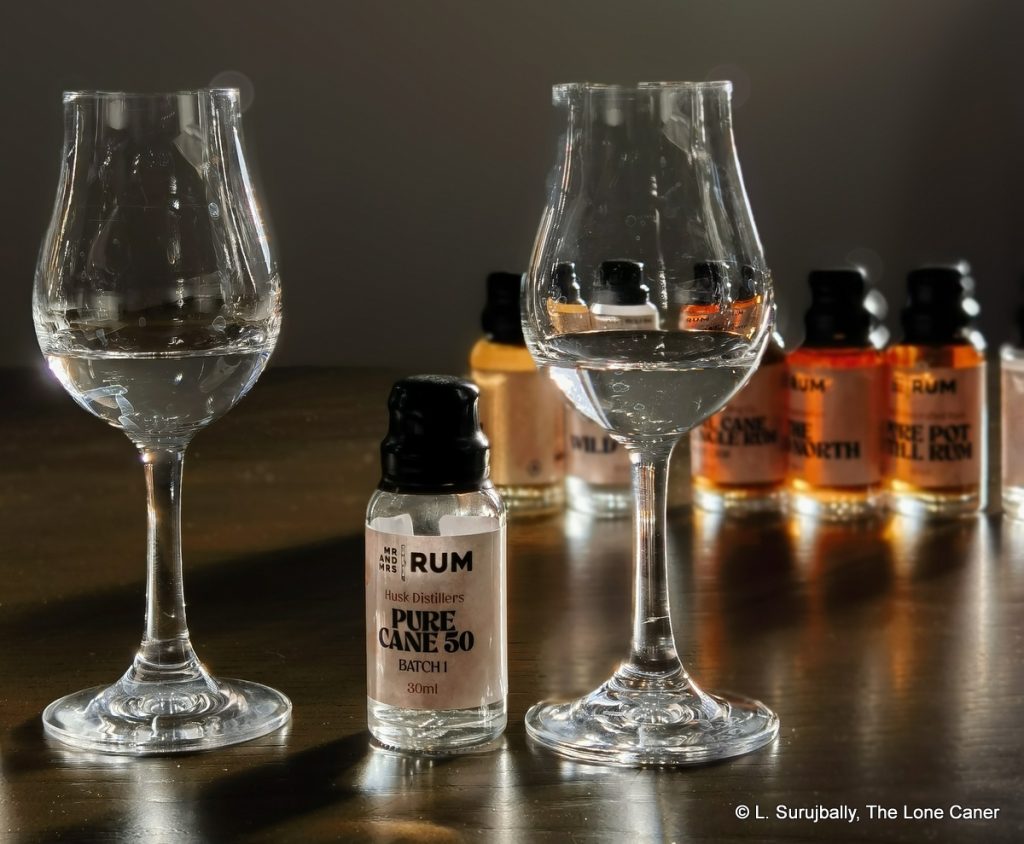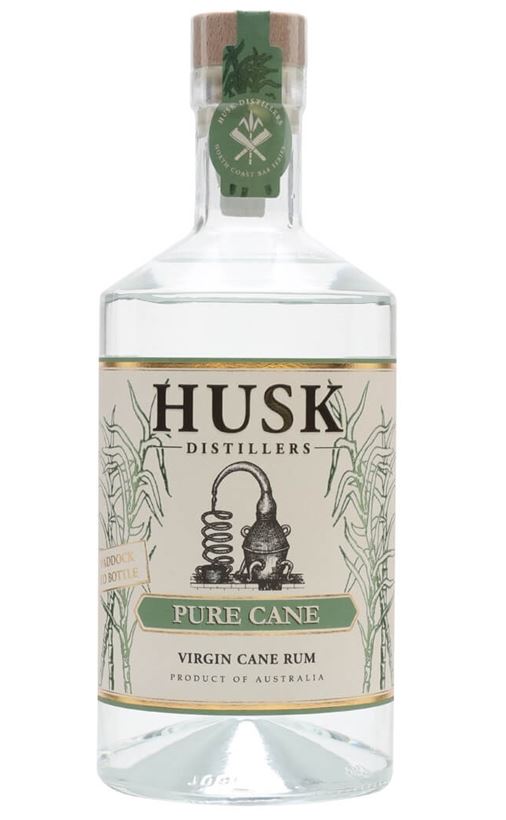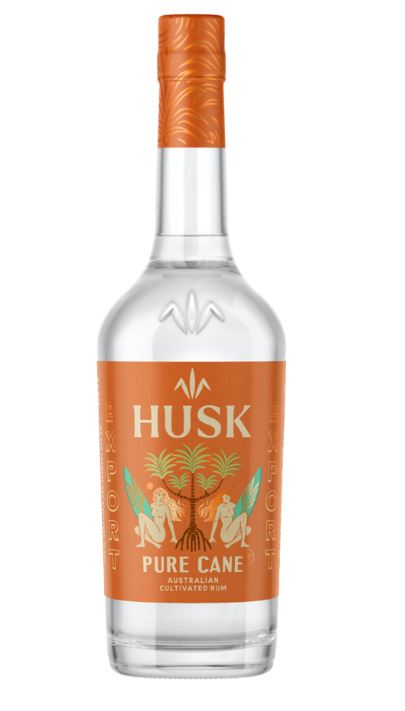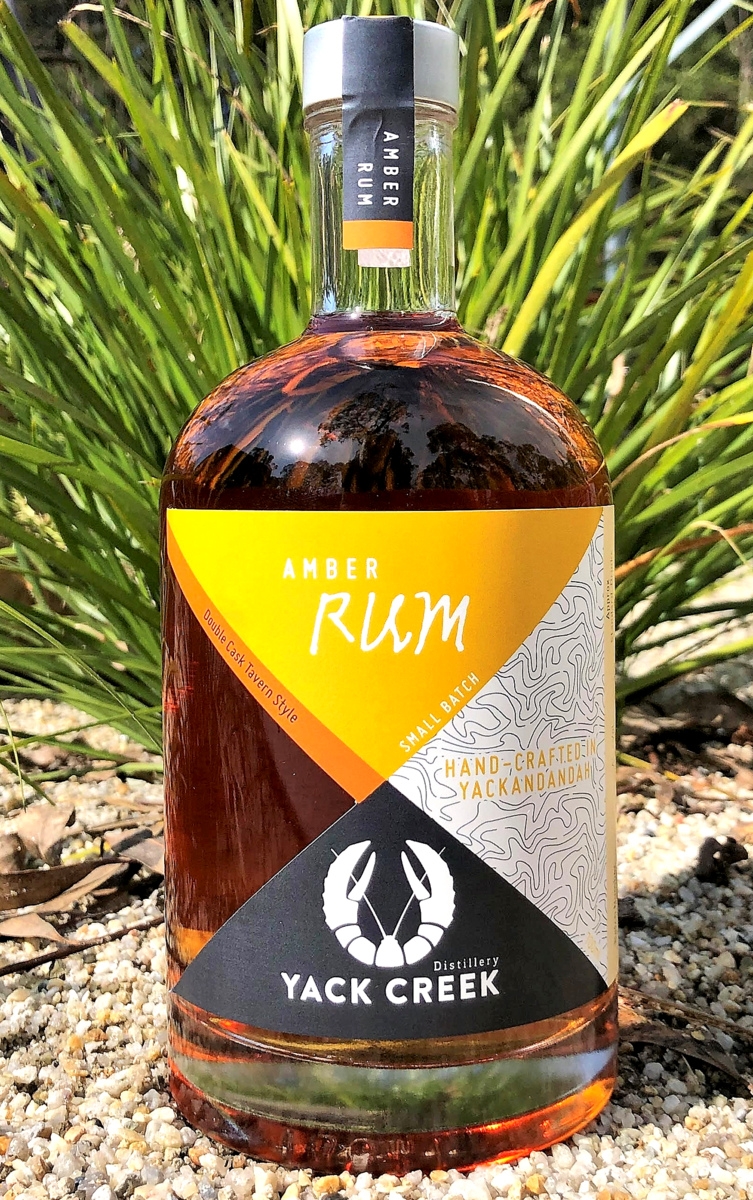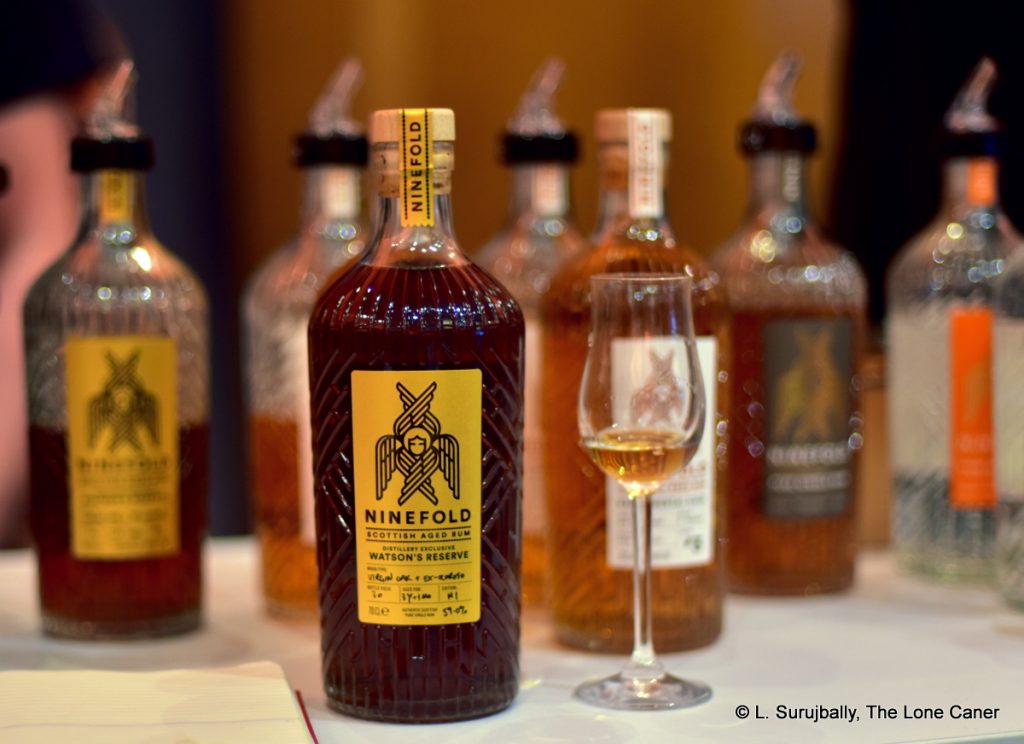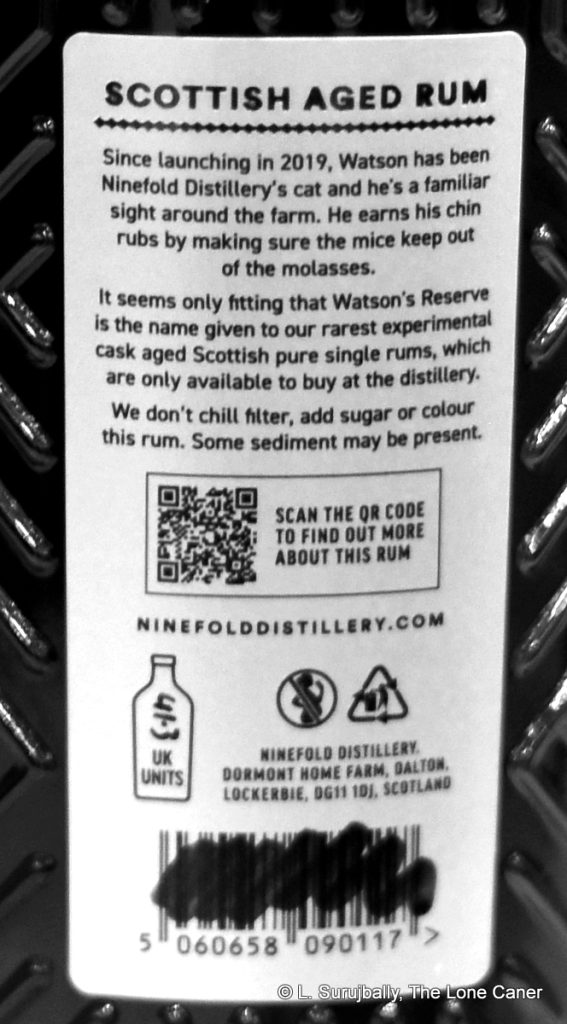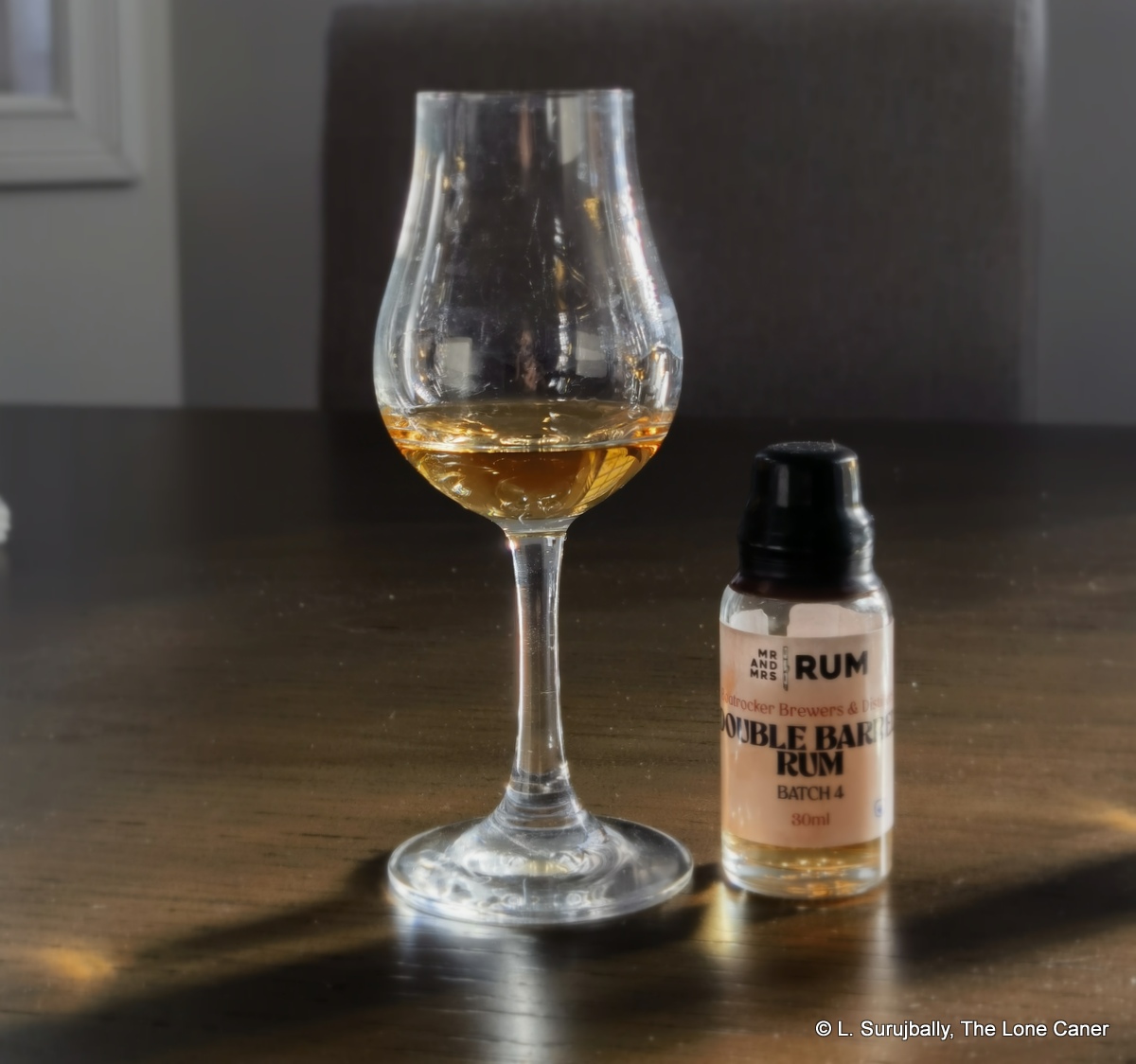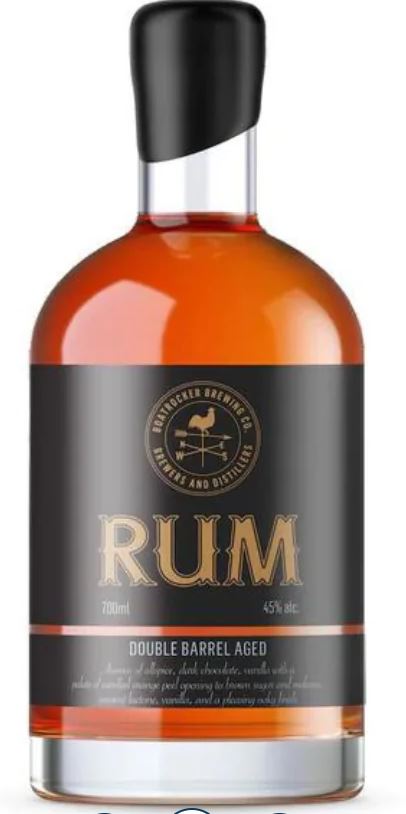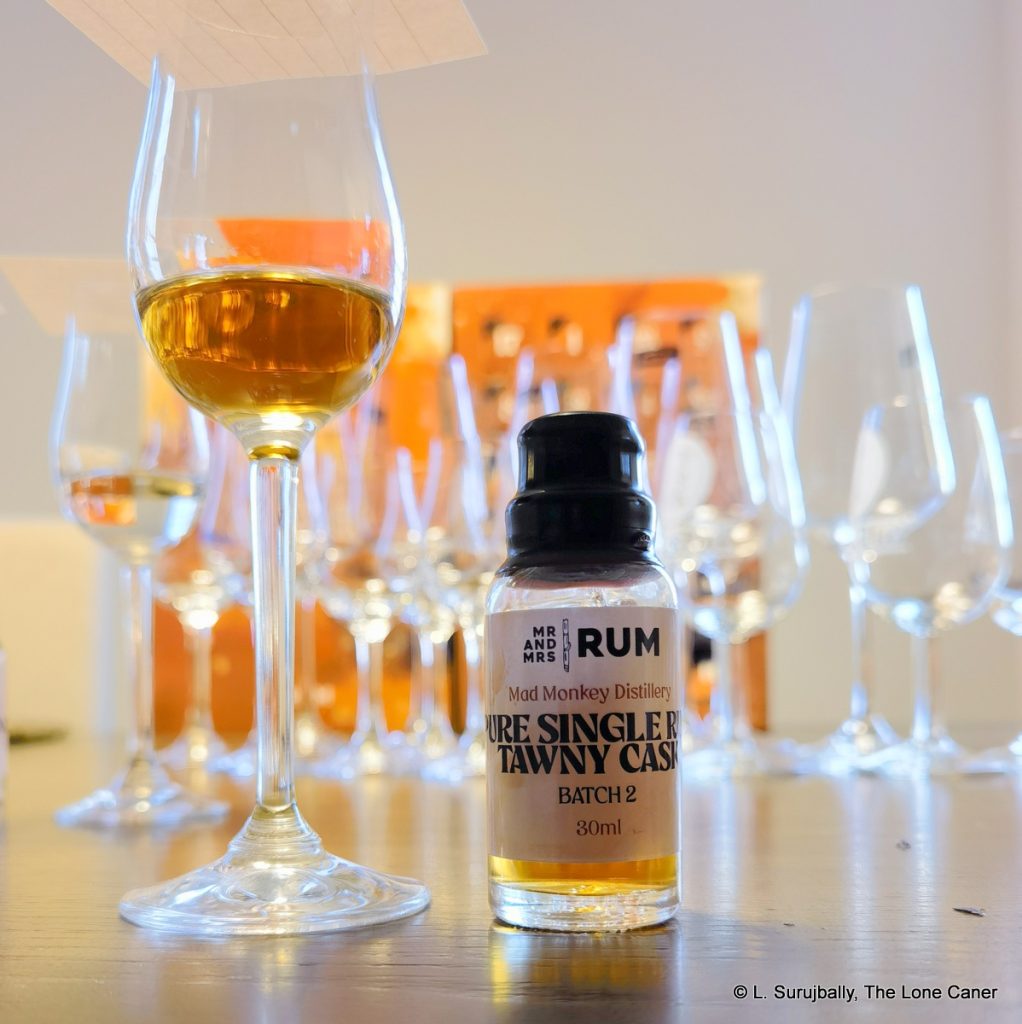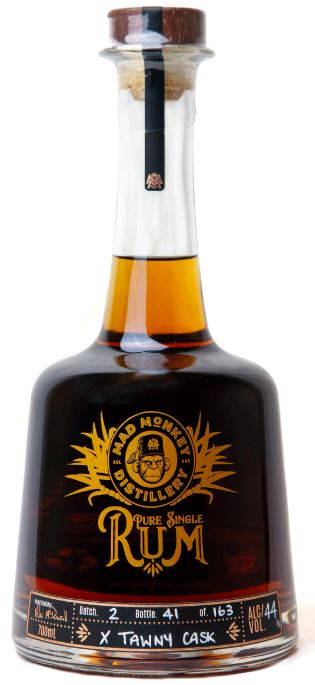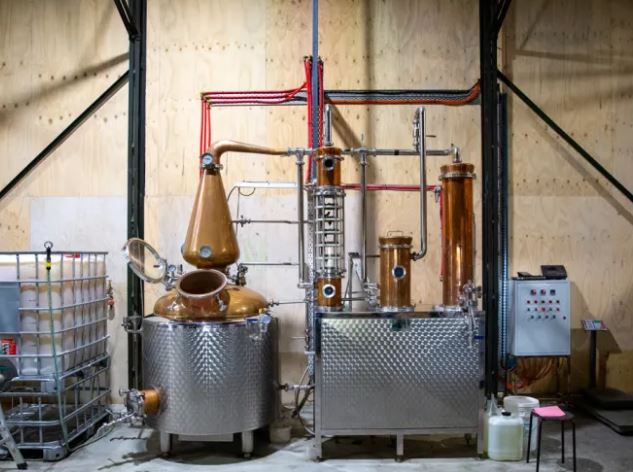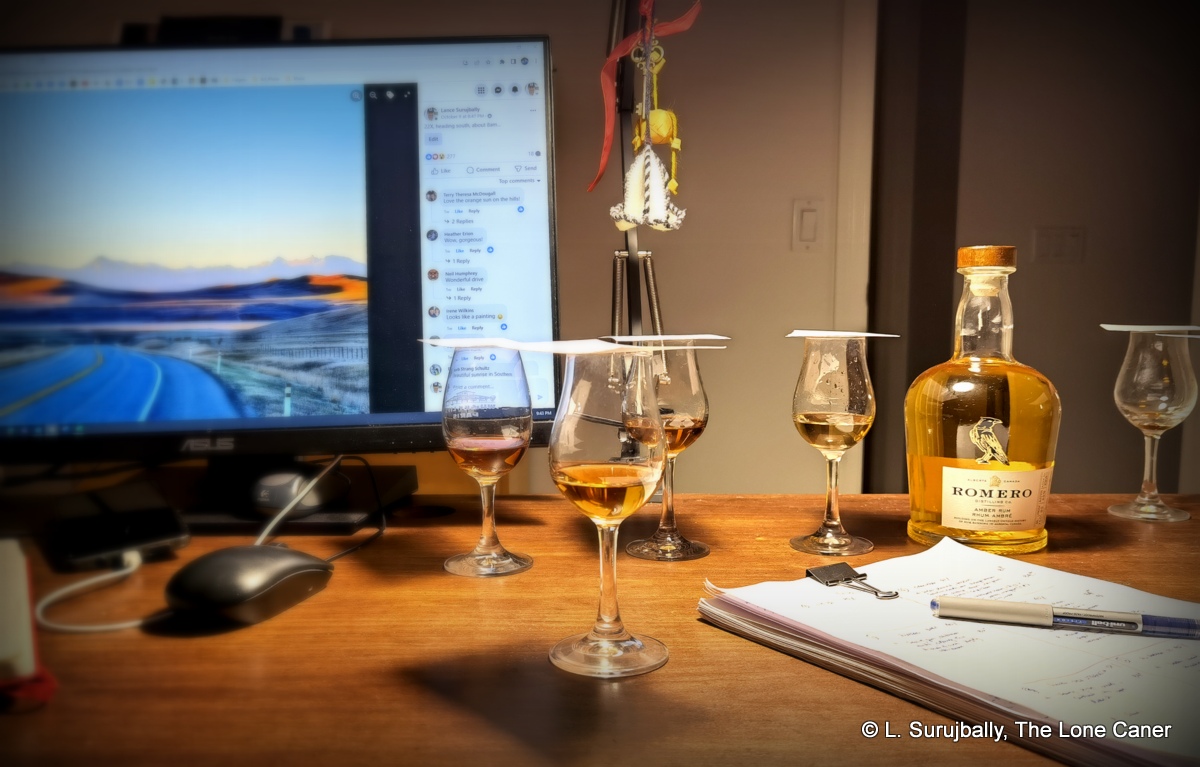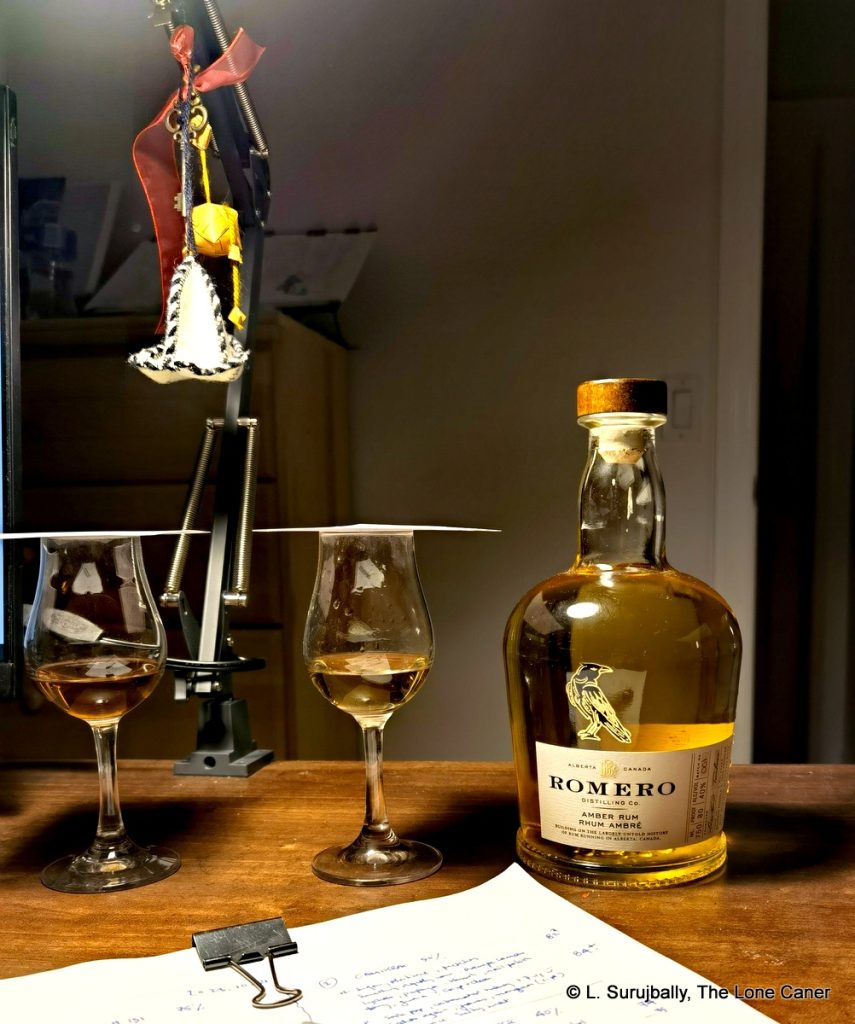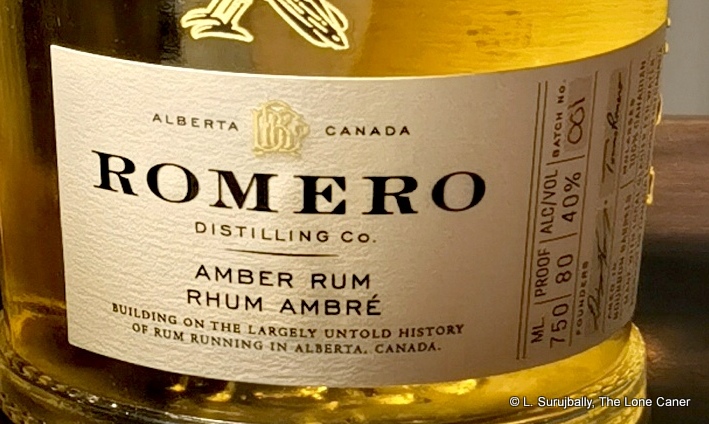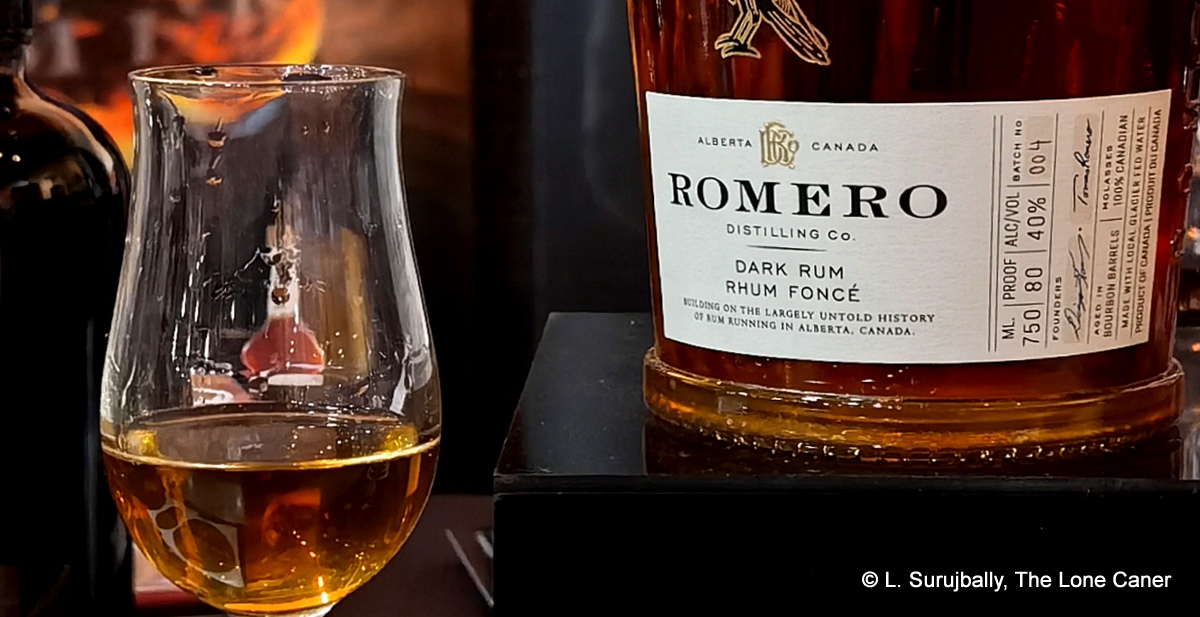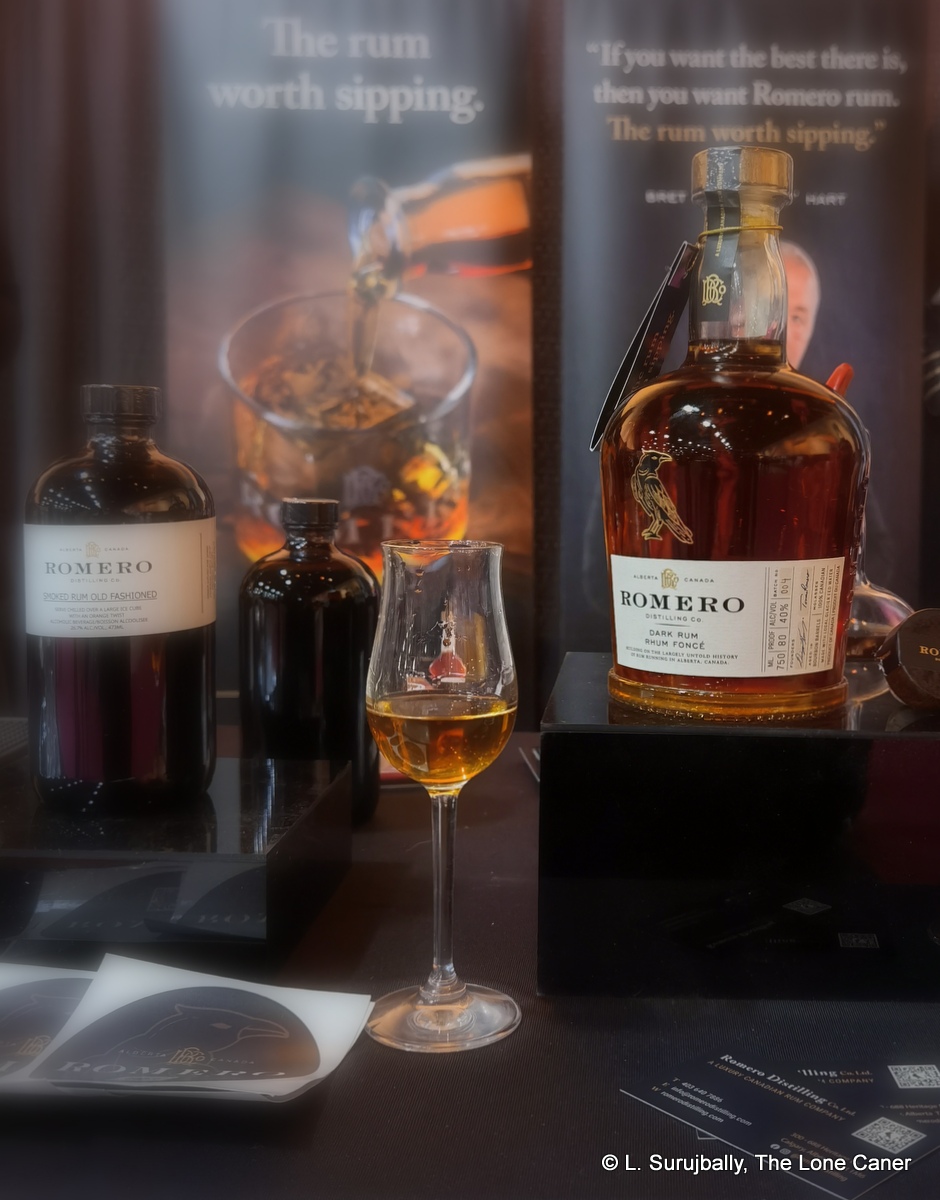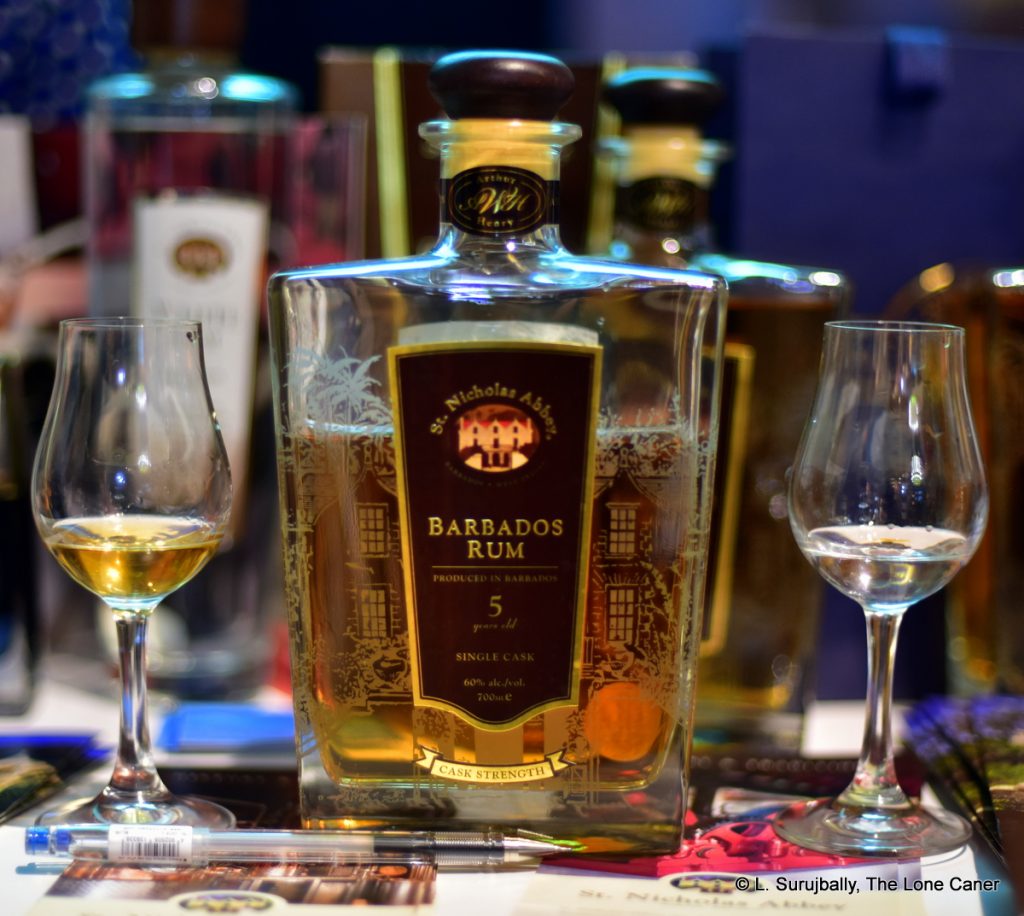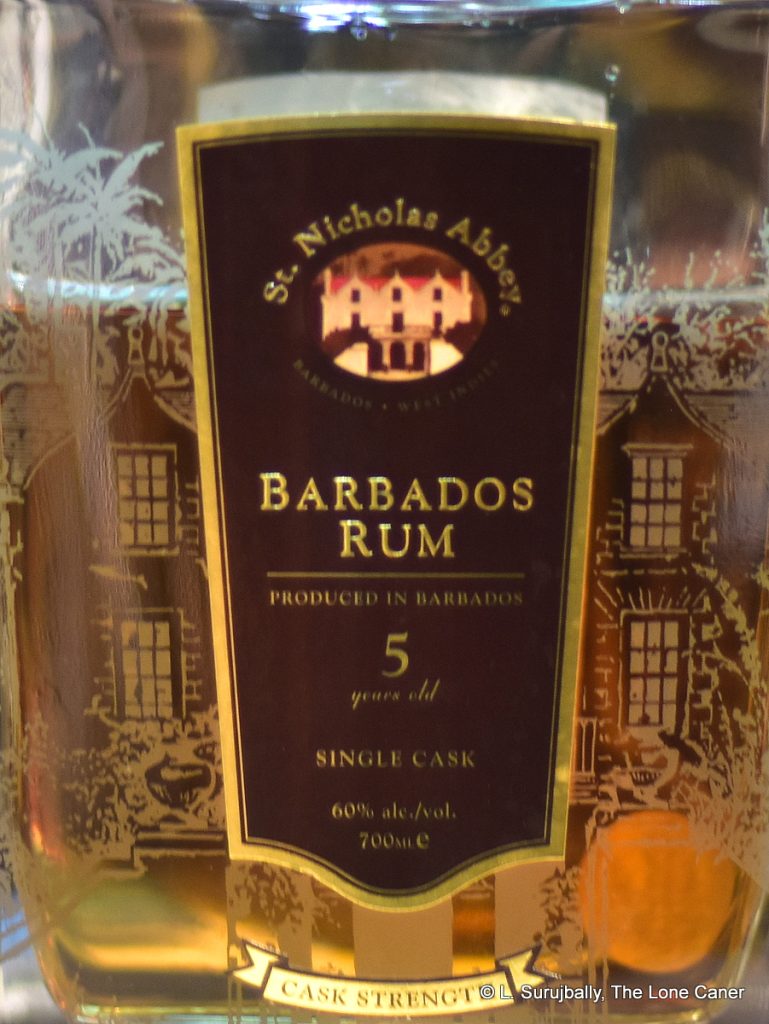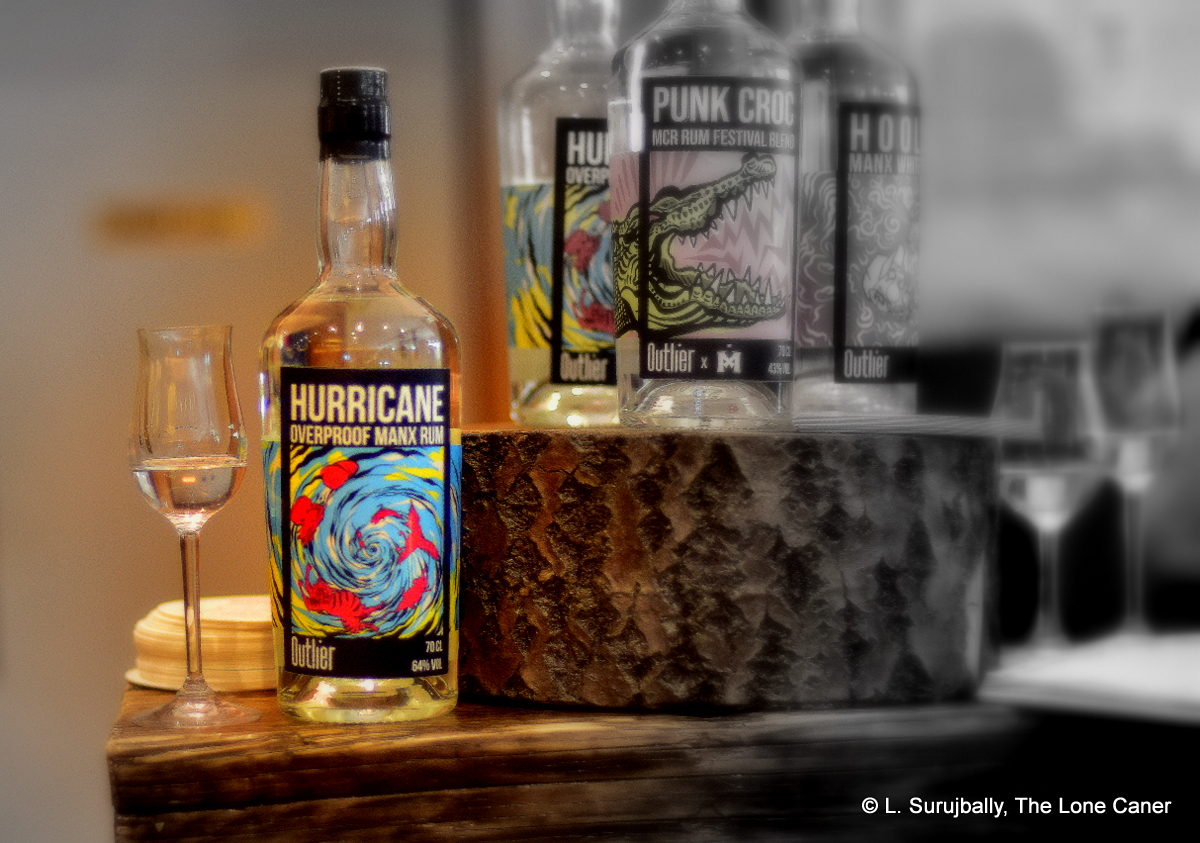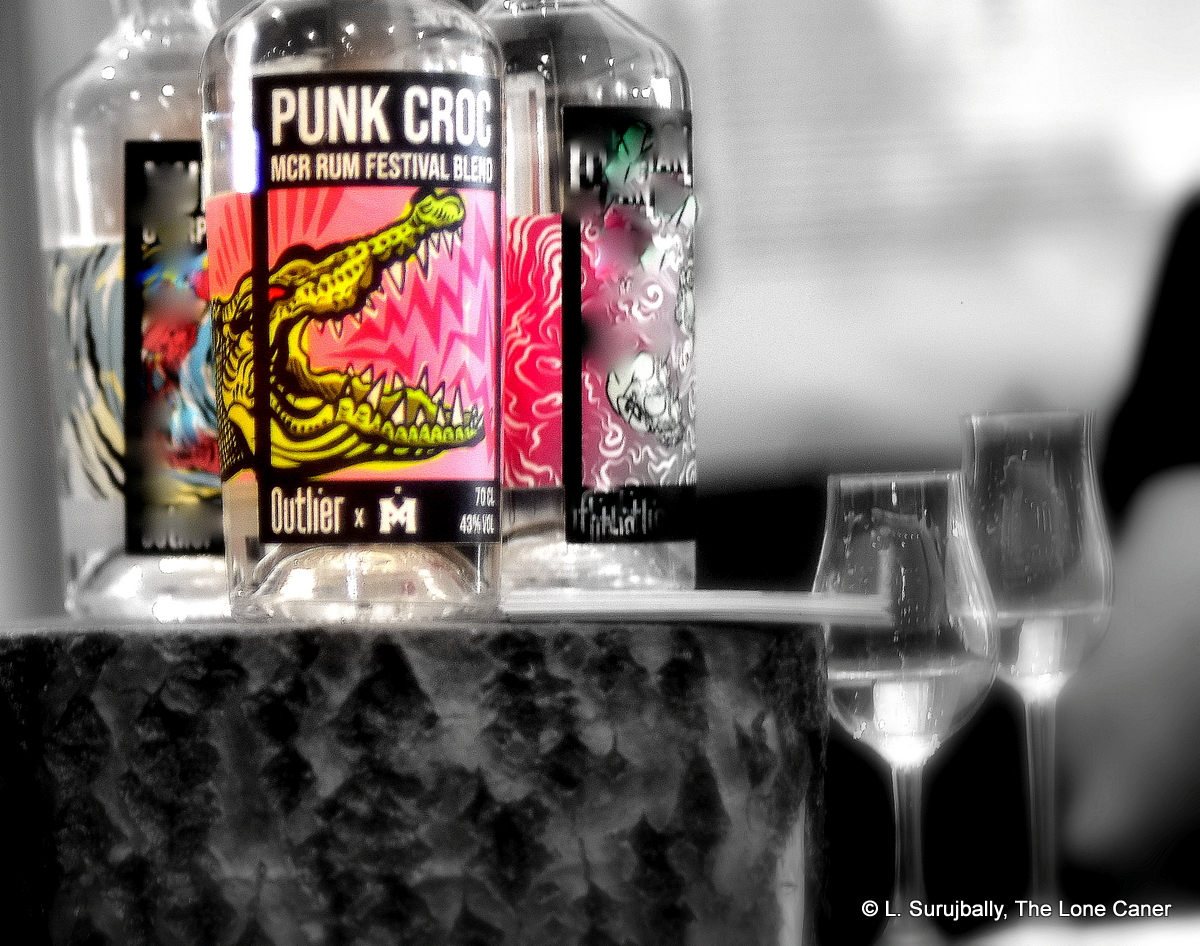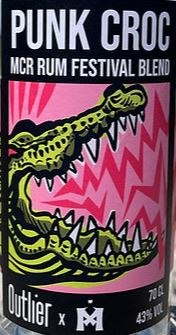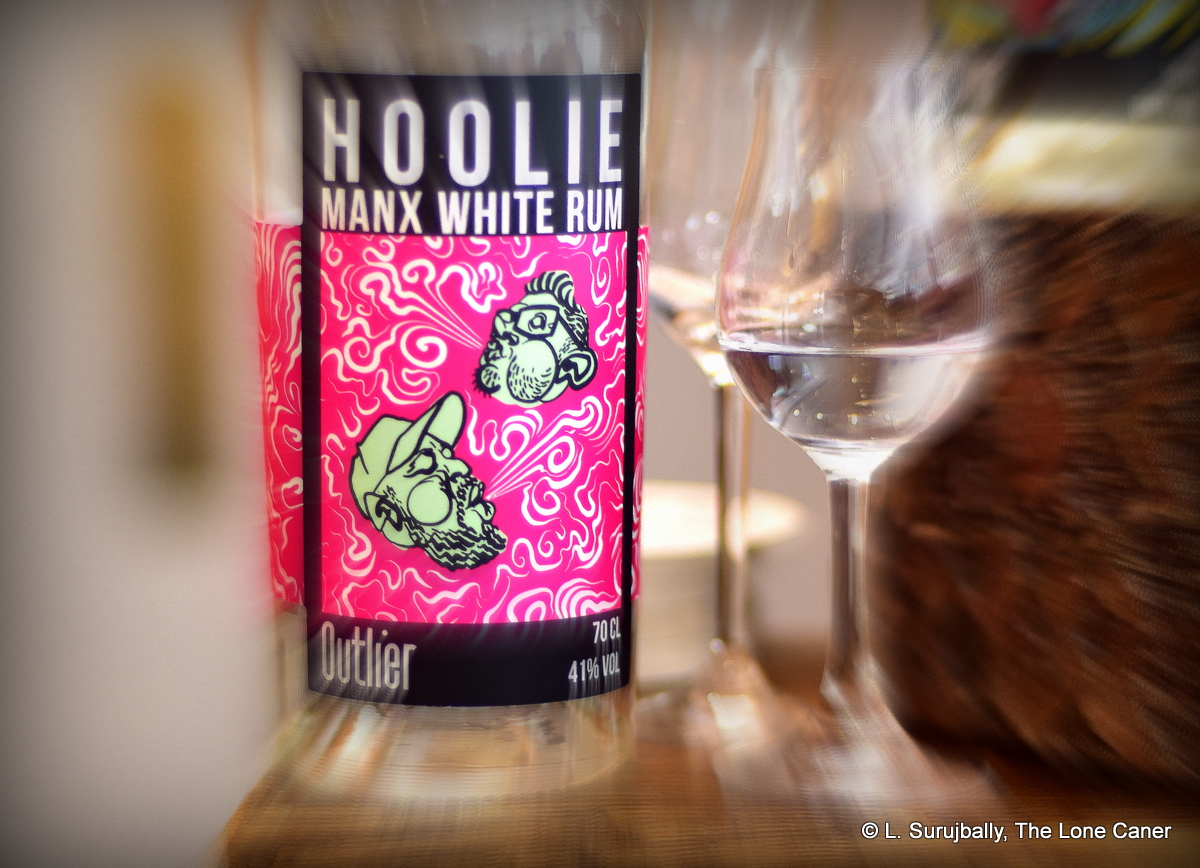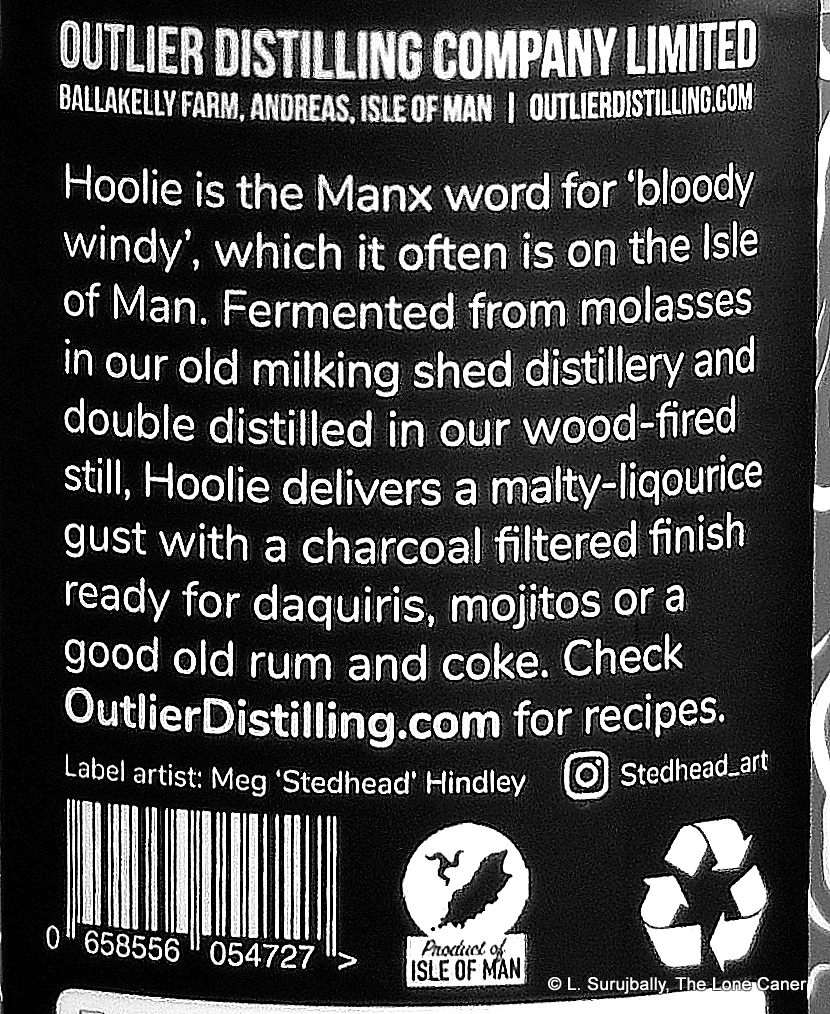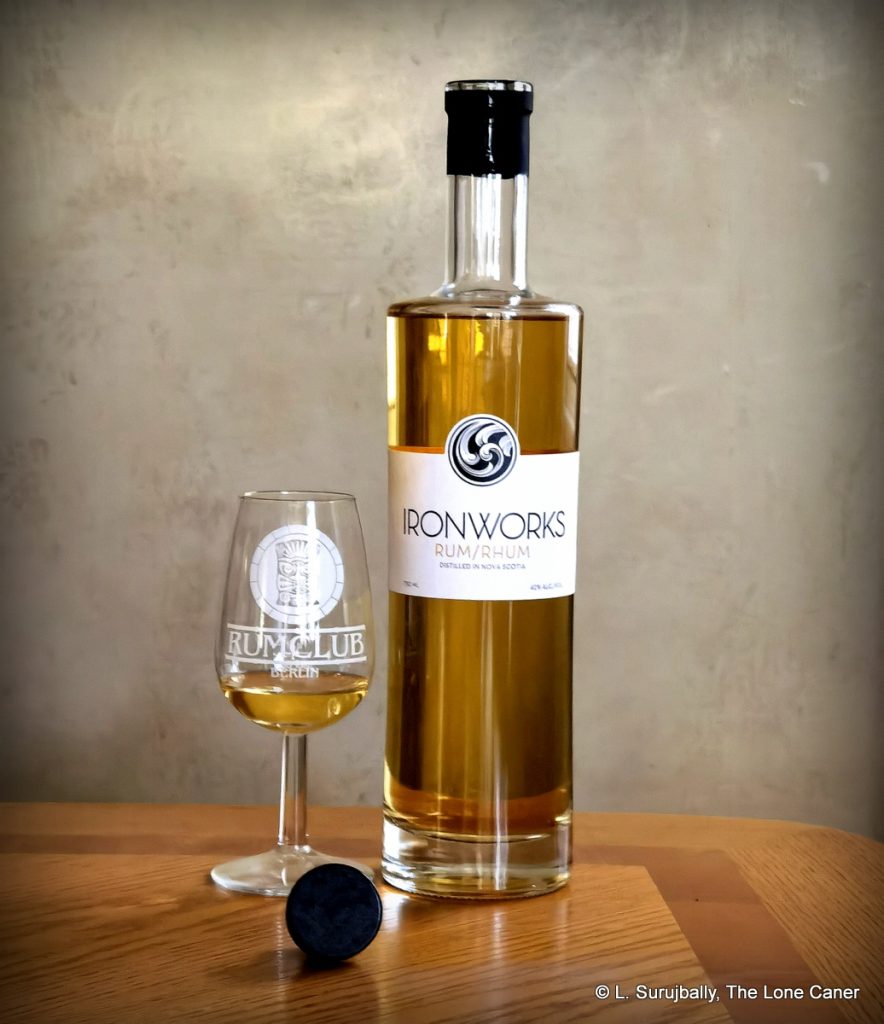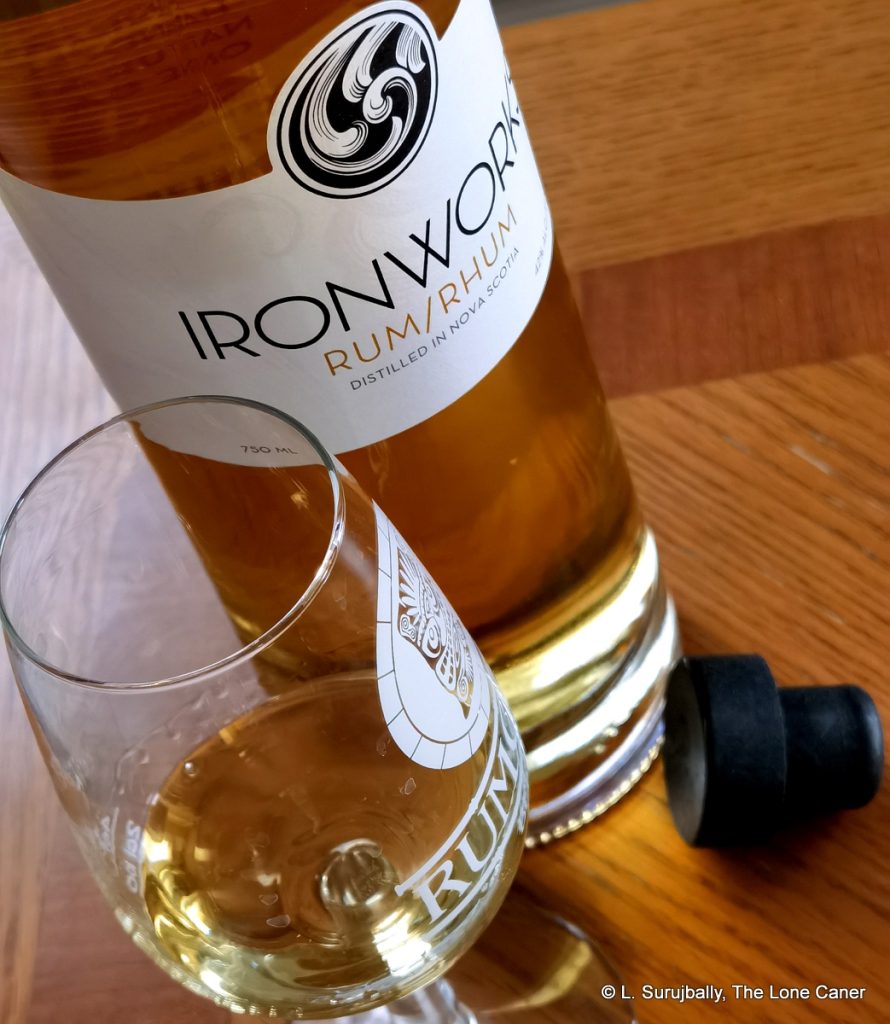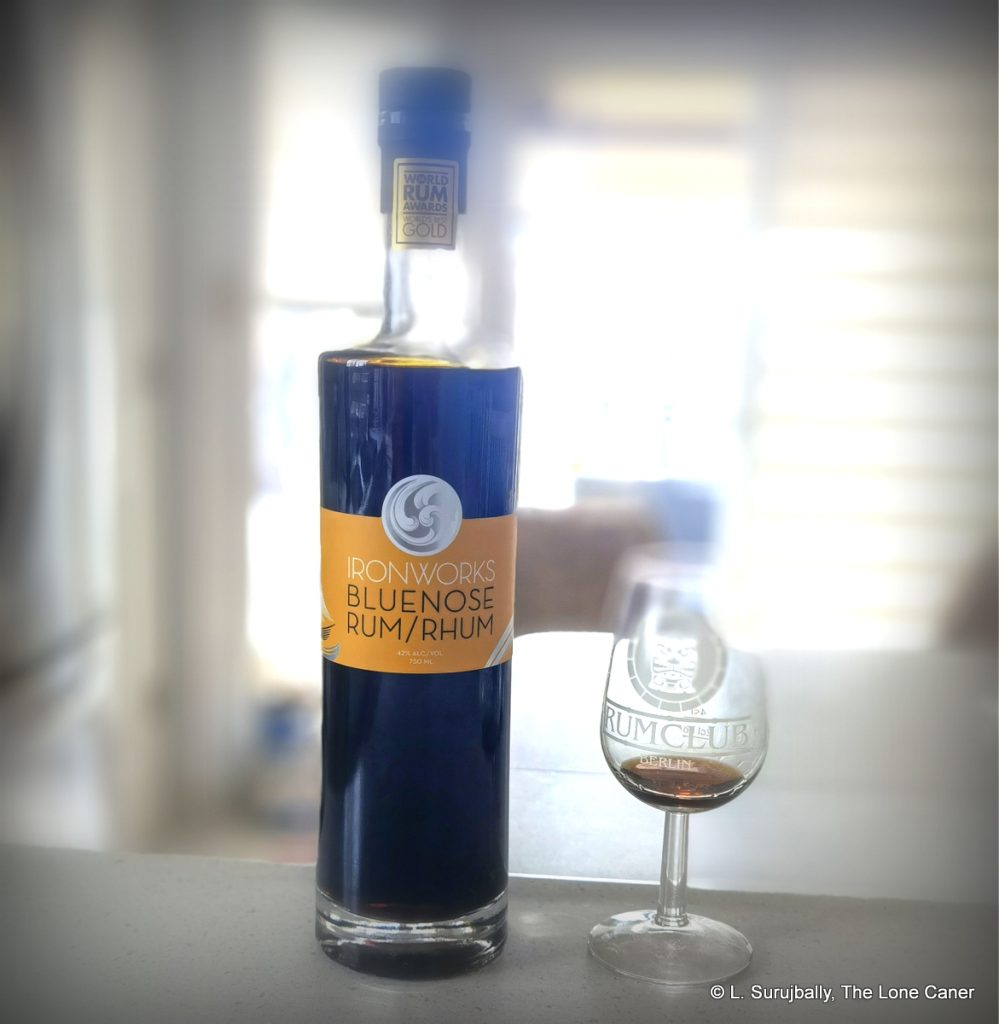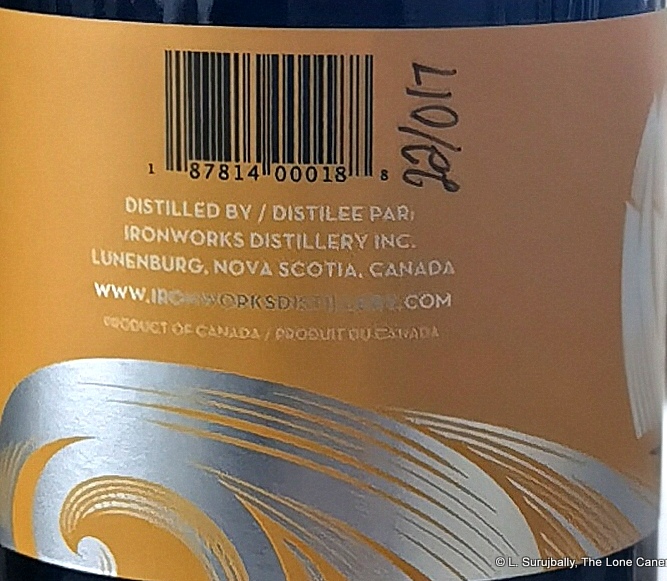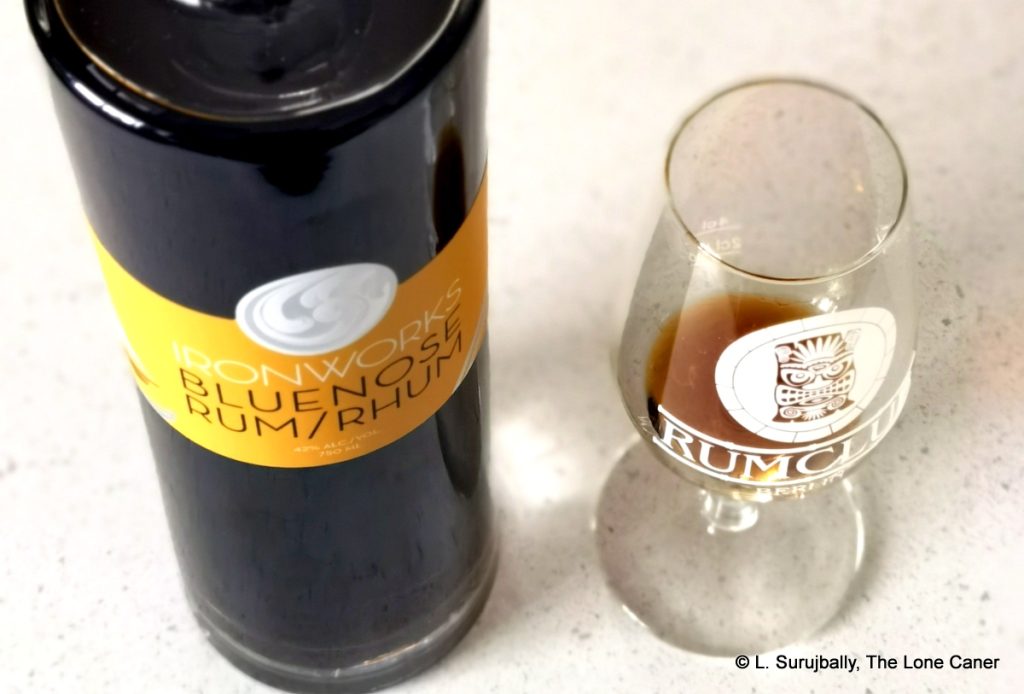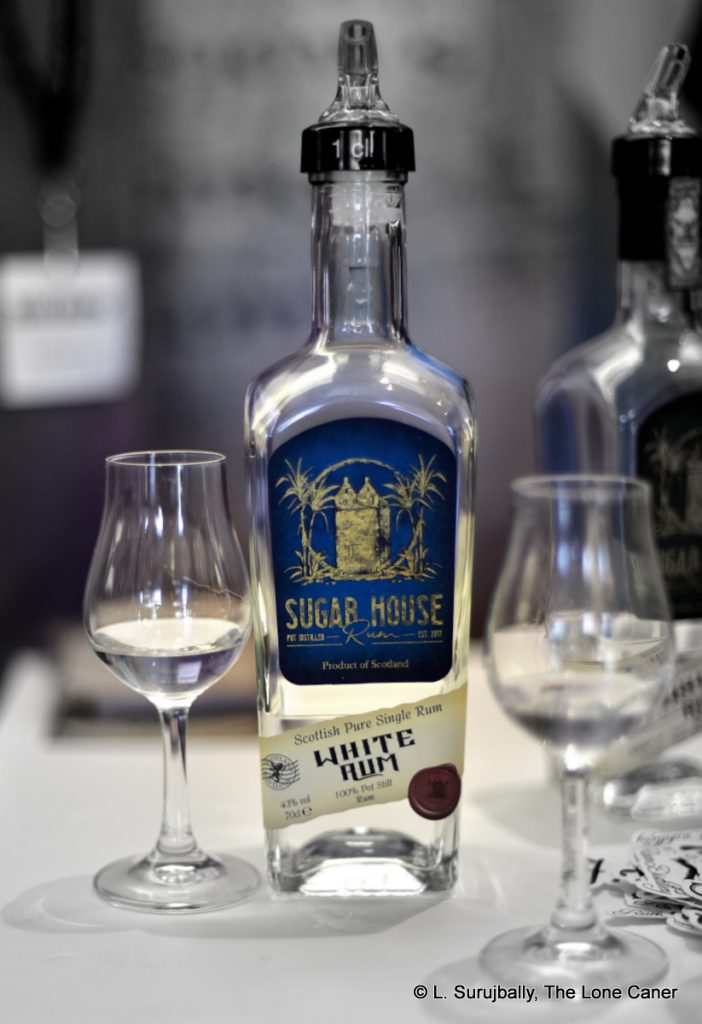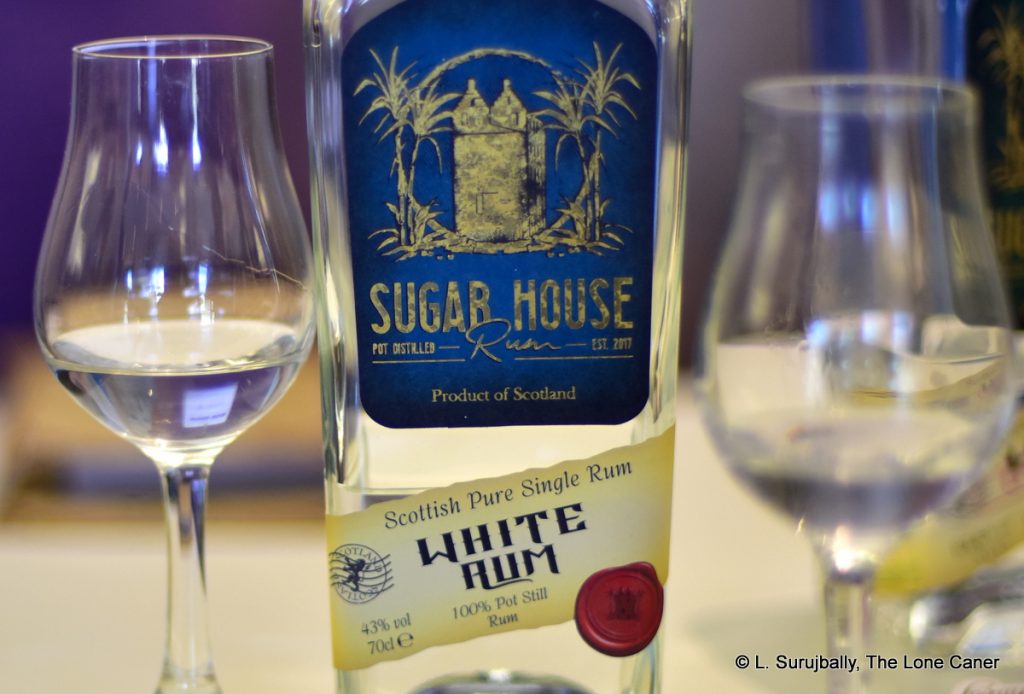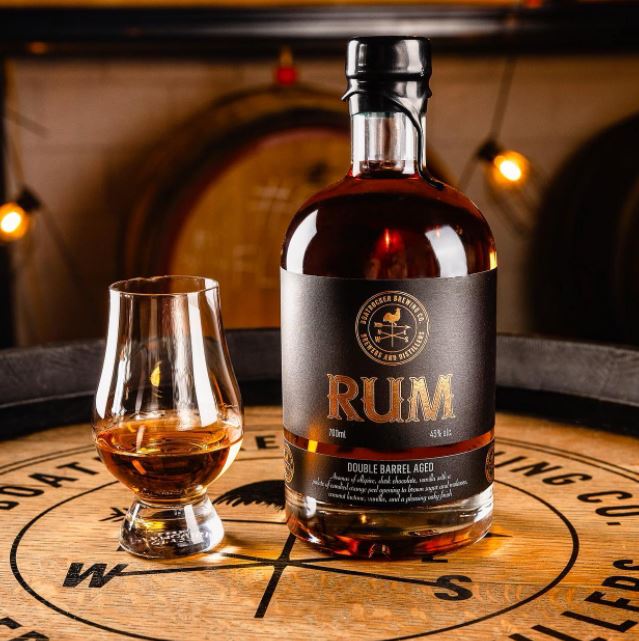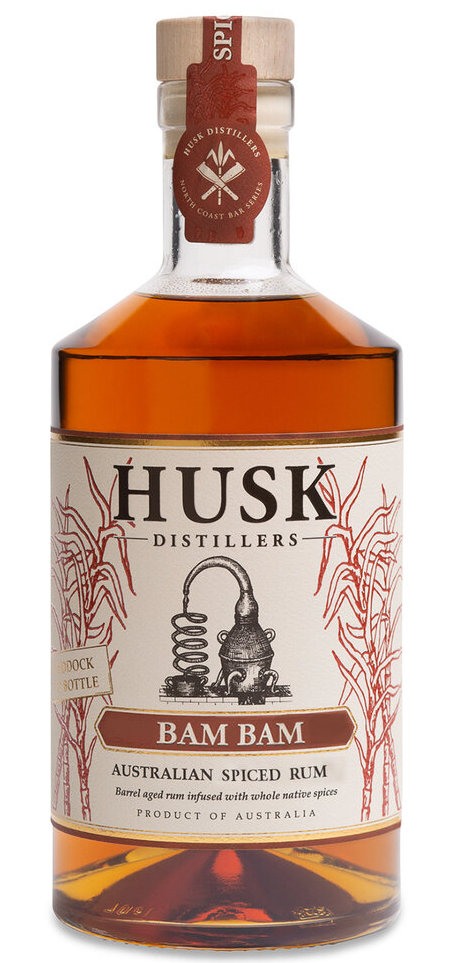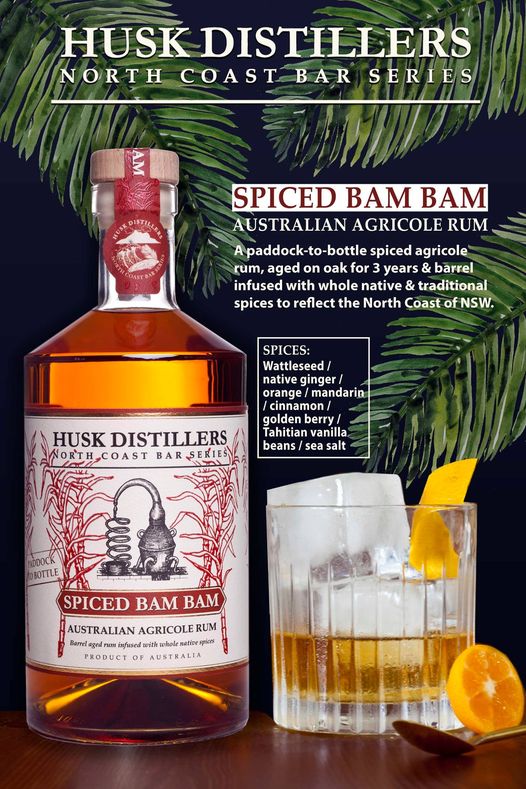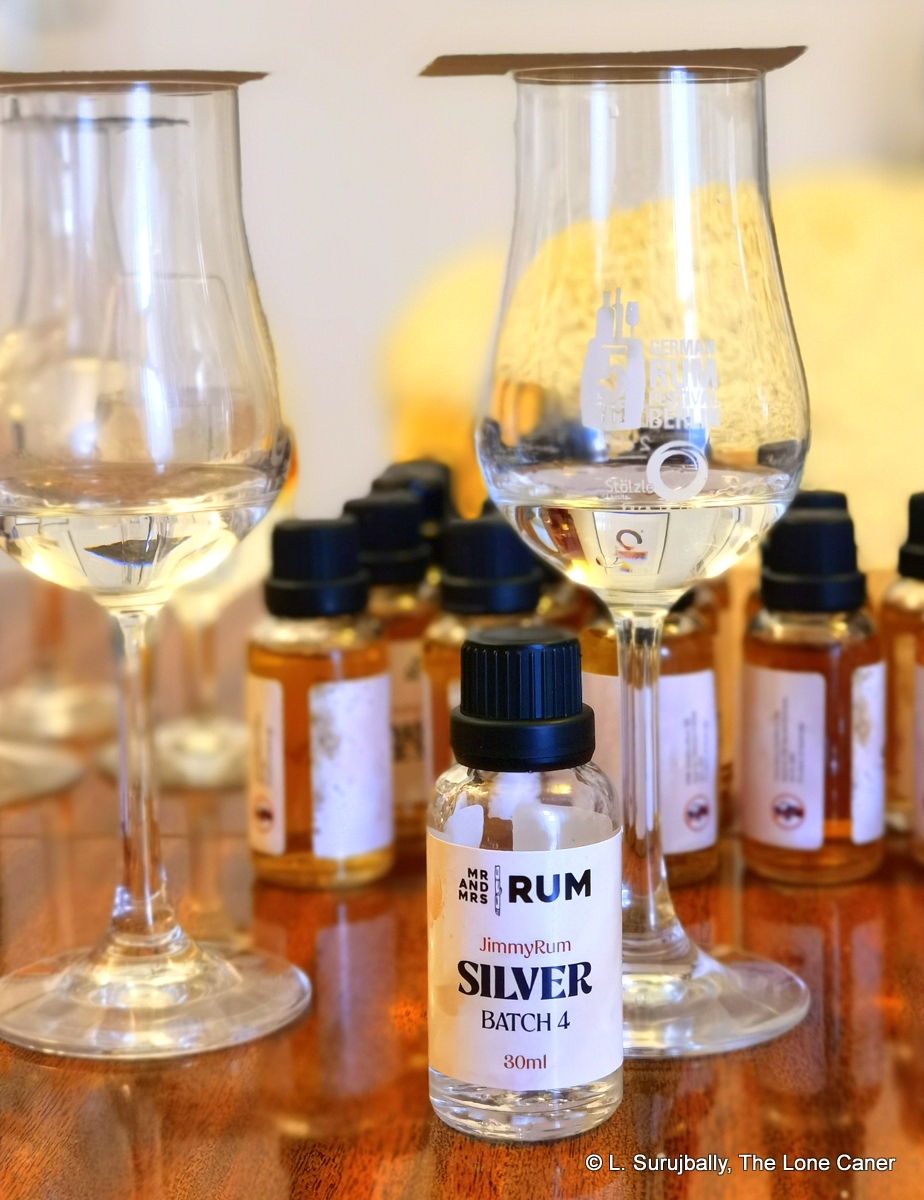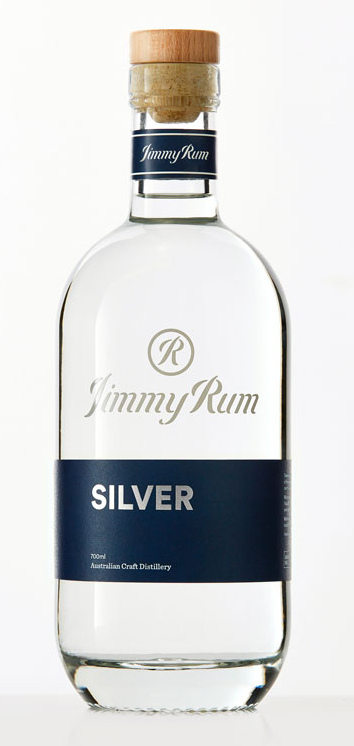With the upcoming release of the new 2024 Australian Advent calendar, I should speed up the process of writing about the 2023 calendar, where we still have about four to go. And so today, I return to one of the first producers whose rums I tried back with the initial calendar, JimmyRum, that casual, humorous, insouciant little distillery down in the south (see a brief bio below the review).
Several ranges of rums are now part of the distillery’s stable, and you want to be careful with them, because while they are clearly and distinctively named — Queen’s Cut, Oaked, Cane ‘n’ Grain, Silver, RumRum and so on — these series are individually issued in batches. And while those batches are identified on the website, I’m not sure whether it’s as clearly noted on the labels, or whether the year is identified anywhere. It can cause confusion to the casual buyer.
Anyway, this rum is Batch #4 and it can be considered part of the “standard” lineup with none of the flourishes or other touches that set apart more romantically named editions (like the Navy or Queen’s Share.e.g.). As noted in my previous reviews, the molasses derives from Sunshine Sugar in New South Wales, and the wash is done in two 5000-litre fermenters, which are temperature controlled to less than 25°C with an initial Brix of approximately 19. Distillation remains on “Matilda” (the 1500 litre Italian-made hybrid still), and ageing is for a minimum four years in four ex-bourbon 200L American oak casks – these were initially filled at 65% ABV, in this case the rum was reduced to 50.3% ABV specifically for the Calendar. It’s also an unfiltered version, hand bottled and hand labelled. Cute.
I’ve quite liked JimmyRum from the inception (the Silver scored 79, the RumRum 3YO nabbed 84) and they have kept on creeping up the scale with this one, because it’s a really nifty piece of work. It has, for example, a dusty opening nose, like a wooden barrel filled with apples in the cellar. There are spices, strawberries, peaches, apricots, kiwi fruit, freshly sliced pineapple skins, and to that is added a mild citrus note of 7-Up sugar water and zest. As if this was not enough, a kitchen sink floats by, filled with laban, miso soup, sour yoghurt, sweet balsamic vinegar (the kind that has essence of, say raspberries in it) and whipped cream sprinkled with cinnamon and lemon peel. It really is an aromatic rum.
And the palate is also nothing to sneeze at either: honey, tawny wax notes, brown sugar, brine and olives. Freshly baked croissants with butter, maple syrup, strawberries, butterscotch and vanilla, some bitter chocolate and coffee grounds, set off by the faintest sweet-sour note of a freshly cracked tamarind pod (and that’s not a bad thing in this context, really). The finish is all right – neither overstaying its welcome, nor being overly shy. There are hints of tamarind, ruby grapefruit, apricots, vanilla and cinnamon; not a whole lot more, though, and it leaves without breaking new ground or making any larger statement for itself.
Well, I quite liked this one. Young rums don’t always get a good hearing – witness my own occasional shredding of cheap mixing-grade blends like ambres, golds or other young cocktail fodder made with equal parts indifference and disrespect – but I do find that smaller distilleries often provide a good product. Like here, where we get lots of flavours, a solid strength and more than enough quality to set it apart from others its own age. If I had a quibble, it’s that Golds are cheaper mass market rums that can be had for peanuts, while something like this, even for its youth, costs way over a hundred hucks in Australia (so God knows how much it’ll be when we get it out west)
Still, in re-tasting it, I once again note that there’s a lot of breakfast on this tray. It’s a voluptuous, tasty, well-balanced treat; and while my imagination may be overactive, it’s no small thing for a rum, any rum, by itself, to so easily evoke the kind of autumn thoughts this one does. I keep daydreaming of a confident and beautiful woman in a green coat walking home from work on a crisp cool evening, treating herself to a bag of freshly baked pastries, fruits from the grocery, and a hot toddy steaming in her hand. What can I say? Rum does that to me sometimes. So pardon me while I close this review, lean back to finish my sample, and indulge them some more. I think I want to meet this rum…and maybe, one day, the woman too.
(#1094)(85/100) ⭐⭐⭐½
Other notes
- Video Recap is here.
- From Day 20 of the 2023 Australian Advent Calendar
- As of the time of this writing in October 2024, JimmyRum’s website is selling RumRum Batch#5
Company Bio (summary)
JimmyRum is a very new distillery, established around 2018 in Dromana, a small community just south of Melbourne by James McPherson, a former marine engineer. In 2015 or so, after some twenty years sailing the high seas as a Chief Engineer, he decided (initially as a joke) to open a distillery dedicated to rum, a first (and the first) in the state of Victoria. His research relating to rum took him on a whirlwind 3-month 70-distillery tour of the world after which he bought the biggest still he could afford from Italy (before he had actually done a lick of distilling himself), installed it and ran it in, arranged for casks, sources of supply, tested the results and started making stock to lay down to age.
